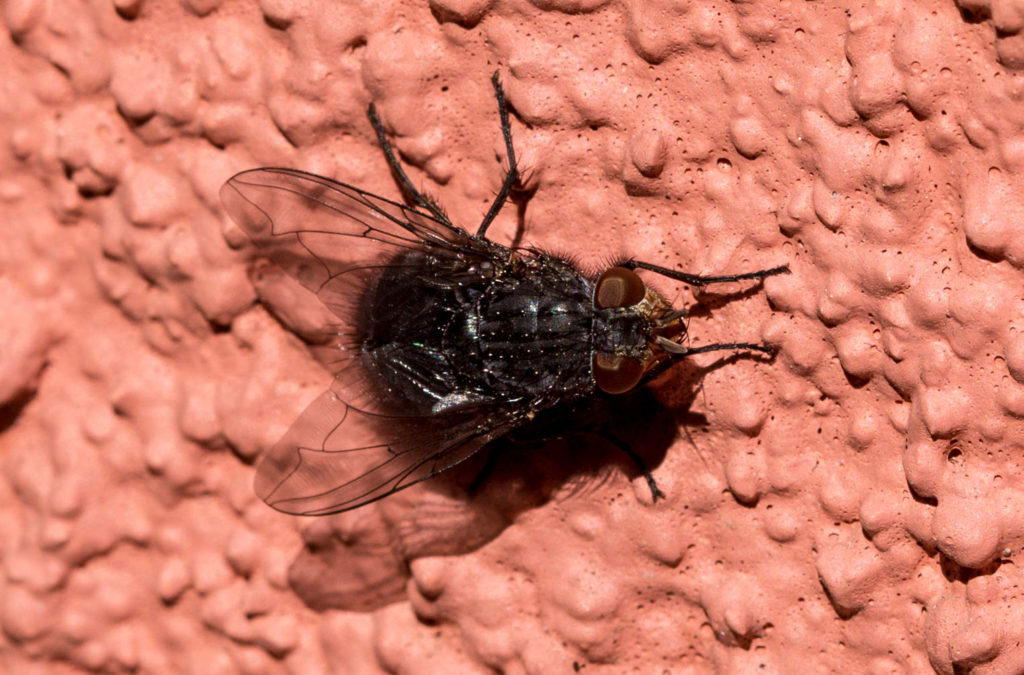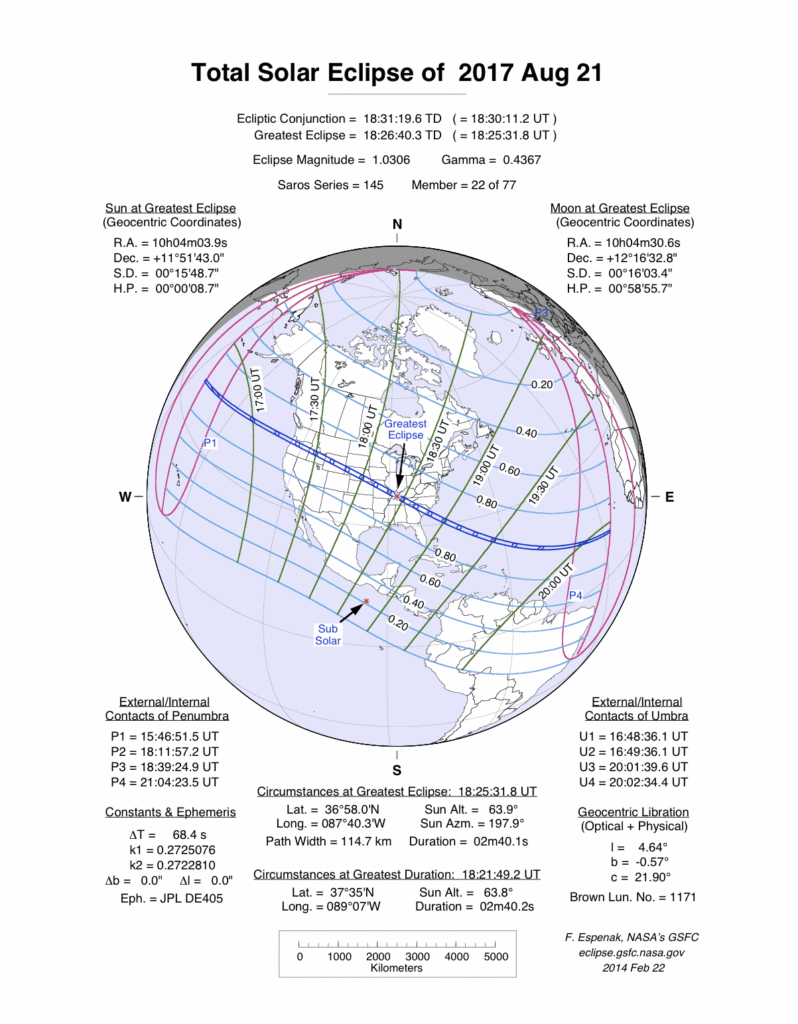Recently, the federal Centers for Disease Control and Prevention (the CDC, for short) publicized statistics and maps on where the Aedes aegypti mosquito is found across the United States; or rather, where the species has been found in monitoring going back to the mid-1990s.
Aedes aegypti is in the news because it’s been identified as the primary vector of the Zika virus. (Among things I didn’t know until I sat down to write this just now: The virus was first detected in a rhesus monkey in Uganda in 1947; the first human case was reported, again in Uganda, in 1952, and the first major outbreak was recorded in 2007 on the Pacific island of Yap, about 1,200 miles east-southeast of Manila (or 4,300 miles west-southwest of Honolulu, if you want to get all America-centric; it is a very big ocean out there).
But back to the Zika and the data the CDC put out. The statistics, compiled by a team of researchers from the CDC and Colorado State University, showed that Aedes aegypti had been found in 13 of California’s 58 counties since 1996 (in fact, all the reports appear to be from 2001 or later). In most cases, the mosquito has been found in just one or two or three years. In one case — Los Angeles County — Aedes aegypti has turned up in nine years since 2001, including every year from 2011 through 2015.
Anyway. Why was I paying attention to this? A colleague at work wanted to make a more informative map than those published along with the Oxford Journal of Medical Entomology article that carried the CDC data. I sort of pointed her to what she’d need to do, and another staffer helped her make a finished version.
Me? I started noodling around and came up with the very slightly refined map above.
Of course, looking more closely at what the CDC scientists had to say, I see there’s another mosquito I should be mapping, too: Aedes albopictus. As The Atlantic reported in May, scientists in Mexico recently detected the Zika virus in this second species.
Has it been found in California? Yes. According to the CDC researchers’ data, Aedes albopictus has been found in eight counties since 2001. In rough south to north order, they’re San Diego, Orange, Los Angeles, San Bernardino, Los Angeles, Kern, Santa Clara, San Mateo and San Joaquin. Notable: This mosquito was found in Kern, L.A., Orange, San Diego and San Bernardino counties last year; it hasn’t been detected in the more northerly counties since 2003. (The California Department of Public Health has published a map, which is says is updated weekly, of Aedes aegypti and Aedes albopictus detection sites from 2011 through this year.)
Maybe I’ll do a map with layers so we can see both species. That’s a project for another day, though.




 Like many another skywatcher who has never seen a total solar eclipse, I’m scouting places to see
Like many another skywatcher who has never seen a total solar eclipse, I’m scouting places to see 
